The Lakeland Terrier is a mid-sized dog from England’s Lake District that used to hunt vermin on farms. As an outgoing, upbeat canine, this Terrier breed makes a worthwhile companion.
Does the Lakeland Terrier shed much?
As with most dogs, you may notice some hair floating around if you adopt a Lakeland Terrier, but they are considered a low-shedding breed. Grooming this breed, however, can be fairly intensive depending on whether you choose to clip or hand strip the coat.
Read on to learn more about the Lakeland Terrier, how much hair they shed, what grooming them is like, and whether or not he’s hypoallergenic.
Recommended: Go here to see our top-rated dog hair blow dryers
Lakeland Terrier Shedding
Lakeland Terriers are a low-shedding dog breed.
What’s interesting about that is the Lakeland Terrier is double-coated. In other words, the dog has an insulating undercoat close to its body and then an outer coat atop that. Yet its outer coat is close-cropped too, growing maybe an inch in length at most.
You could see a bit of seasonal shedding from your Lakeland Terrier, as that’s what double-coated dogs do.
Expect there to be slightly more fur lost in the winter and the summer, as these are the two times of year in which a dog changes its coat for colder and warmer temperatures respectively.
The rest of the year, the Lakeland Terrier will shed some fluff here and there through natural hair cell turnover. You won’t have to worry about this pooch leaving tufts of fur on your couch or on your dark-colored clothing though.
Why doesn’t the Lakeland Terrier shed much?
There are a number of factors that determine how much hair a dog sheds, but for the most part, among healthy dogs, it mostly comes down to the breed and its hair growth cycle.
On top of that, the dog’s coat texture can play a role. The Lakeland Terrier has a wiry coat that’s somewhat hard and rough to the touch. And this type of coat tends to trap the loose hairs quite effectively, so you’re less likely to notice hair falling off onto the floor.
Another great example of a low-shedding terrier is the Cairn Terrier, which also has a wiry coat and doesn’t lose much fur. Or if you’re looking for a terrier that doesn’t drop much fur and is also easier to groom, it’s hard to go past the Boston Terrier.
Recommended: Go here to see our top-rated dog hair blow dryers
Grooming Your Lakeland Terrier
The Lakeland Terrier is not exactly easy to groom, but it does depend on how you go about it.
Most people choose to simply have their coat trimmed periodically throughout the year, while others prefer to hand strip the coat.
Hand stripping is basically plucking the dead fur from your Lakeland Terrier, and this is generally considered the best way to maintain this type of coat, especially if you’re going to be entering him into a dog show. But it’s typically best to hire a professional for this, since it’s more of an advanced method of grooming and can be very tedious.
Although hand stripping sounds like it hurts the dog, if you do it correctly, it shouldn’t. Your Lakeland Terrier might even come to like this part of their maintenance routine with time.
If you’re uncomfortable with removing excess hair from your Lakeland Terrier by hand, you can always request a groomer do it. Call around for groomers that specialize in hand stripping, as not all do.
The results of hand stripping are an even coat with great color and shine. The hairs that grow back could be even stronger.

You can trim the Lakeland Terrier instead of stripping, but it’s not recommended unless you have no other option. Trimming changes the texture of this breed’s wiry fur, making it loose and soft. The color will also dull. And either way, it’s important not to remove the undercoat while trimming, as dogs need this to help insulate and protect them from the elements.
You’re not done with the Lakeland Terrier’s grooming after hand stripping. This dog has a distinct section of fuzzy fur around its foreface and legs that need maintenance. This fur is known as furnishings.
You should first brush your Lakeland Terrier before trimming its furnishings. You can use a slicker brush for this. You’ll otherwise brush your Lakeland Terrier about weekly.
According to the Lakeland Terrier Club of America, to maintain the furnishings on the dog’s legs, trim them with dog-grooming scissors until they’re shaped like columns. The Lakeland Terrier’s feet should look rounded after you’re done grooming and trimming them.
The shape of the foreface will be a rectangle that starts from the corner of one of the dog’s eyes to the opposite corner of its mouth. Use your Lakeland Terrier’s natural head curvature as your guide while you trim without deviating from the rectangle shape.
Avoid the hourglass shape as you cut. It’s also important not to trim a hollow area around the eyes, as this isn’t the breed standard.
This video, although long, goes through the grooming techniques I discussed so you can see how they’re done before attempting them yourself.
Are Lakeland Terriers Hypoallergenic?
If someone in your household has allergies to pet dander, you can’t bring just any dog home. You need a hypoallergenic breed. Does the Lakeland Terrier fit that standard?
Well, no dog is truly hypoallergenic, and that’s because of what pet dander is. It’s your dog’s dead skin. The skin can shed with fur, but it’s not a dog’s coat that someone is allergic to. That’s why even hairless dogs can trigger allergies.
Some dog breeds are less likely to cause these symptoms, and they’re considered hypoallergenic.
You can use two benchmarks to determine if a dog breed is hypoallergenic. One is the size of the dog and the second is how often it sheds.
Lakeland Terriers are small to medium sized dogs, which means they have a lot of skin to naturally shed. This increases the amount of pet dander in the house, which could lead to allergy symptoms like a runny nose, sneezing, and itching.
Yet this breed is also a low shedder so the dander can’t as easily catch a free ride on your Lakeland Terrier’s wiry fur and float throughout the house.
It’s for that reason that I’d say the Lakeland Terrier is moderately hypoallergenic. However, since the breed is nowhere to be found on the American Kennel Club’s list of hypoallergenic dogs, it may not be the ideal choice of breed for an allergy sufferer.
Is the Lakeland Terrier Right for You?
If you’re still not sure whether the Lakeland Terrier is the four-legged friend you’ve been looking for, allow me to present some insight about this dog that will help you decide.
The Lakeland Terrier, as I mentioned, comes from the Lake District or Lakeland in England. That explains the breed’s name.
While today, we have more than 30 Terrier breeds, the Lakeland Terrier was one of the first. It was initially bred around the 1700s. The Lakeland Terrier is a cross between Fell Terriers and English Black and Tan Terriers.
The purpose of the Lakeland Terrier was to hunt vermin on farms. The dog also ran around with farmers and watched over sheep so foxes couldn’t get too close.
The AKC calls the Lakeland Terrier zesty, confident, bold, and friendly. Males can weigh around 17 pounds and stand 15 inches tall. Females are smaller.
Although their size makes them appropriate for apartment dwellers, Lakeland Terriers need a place to run, ideally a fenced yard attached to a house. If you own a multi-story home, moving around the house can tire out the Lakeland Terrier enough. A small apartment though will not.
The Lakeland Terrier will befriend other canines, but you want to socialize the dogs as soon as you bring your Terrier home.
As for whether your Lakeland Terrier will get along with smaller pets, it’s a toss-up. This breed is friendly, but it also knows how to hunt, so those instincts could kick in.
If you have children in the house, the Lakeland Terrier will be a good companion. However, this dog isn’t a big fan of strangers.
Attributing to its Terrier lineage, the Lakeland Terrier can be a big barker. Take the time to train your dog to reduce this unwanted behavior.
Recommended: Go here to see our top-rated dog hair blow dryers
Bottom Line
The Lakeland Terrier is a mid-sized dog with a wiry, short-cropped coat outside of its foreface and legs. The breed is a low shedder but is quite difficult to groom. You must hand-strip its coat often and then carefully trim the abovementioned areas to maintain the breed standard.
A cute, sweet, and cuddly canine, the Lakeland Terrier is a great pick for those who don’t want to clean up lots of dog hair.
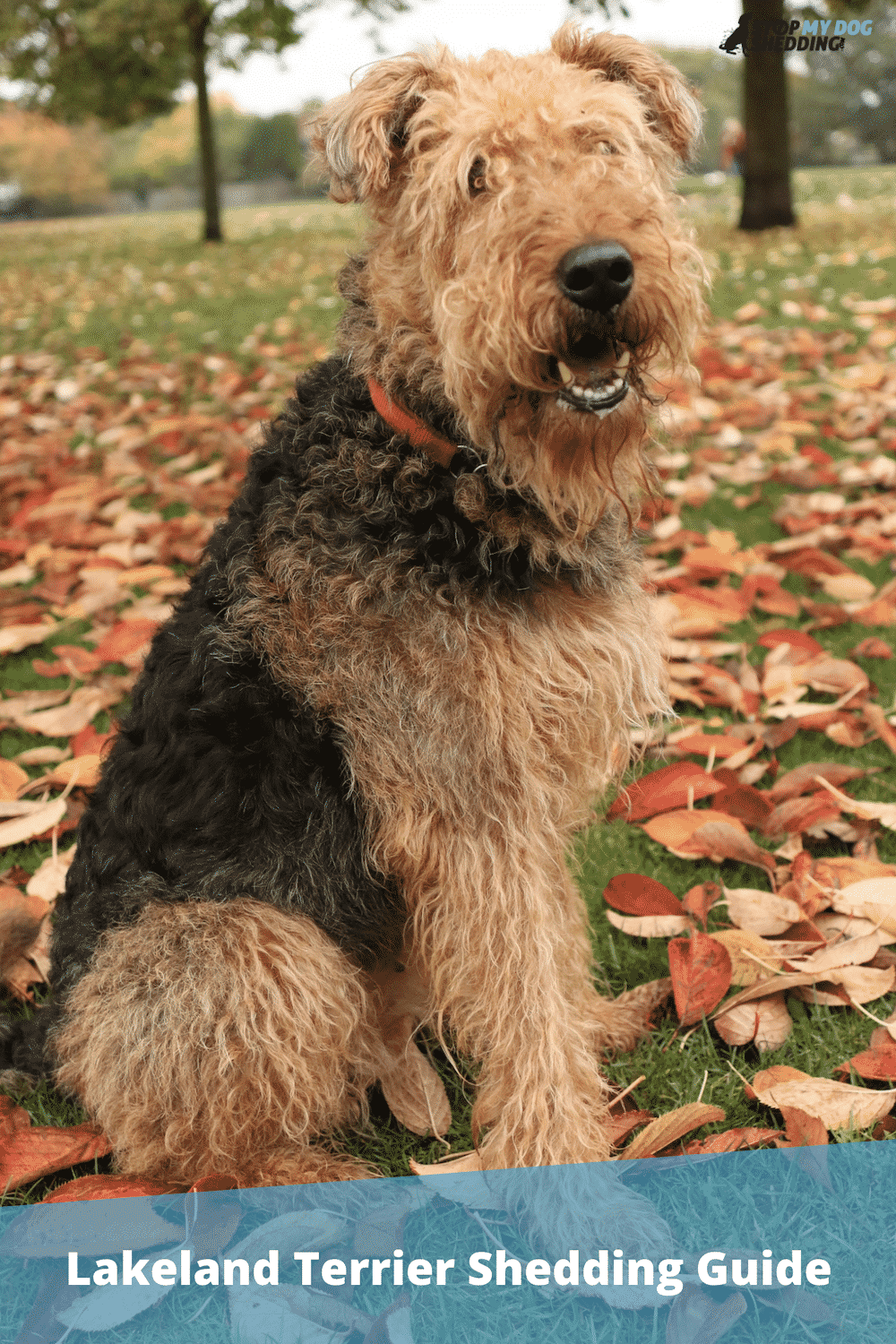

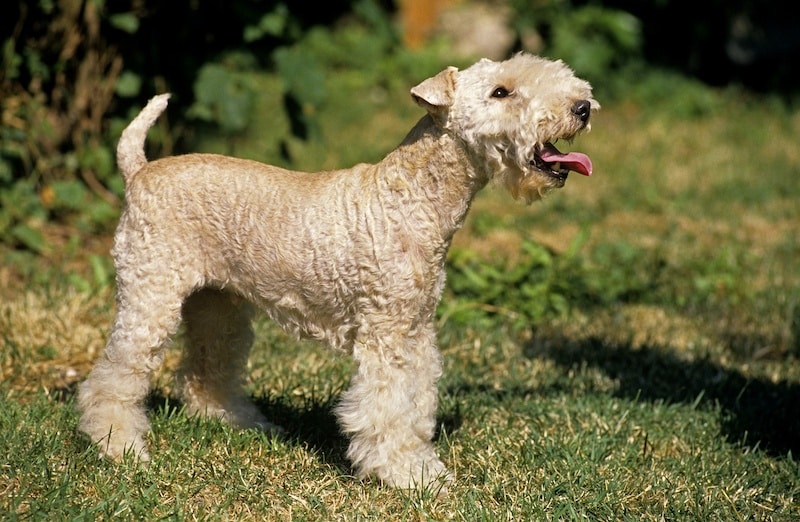
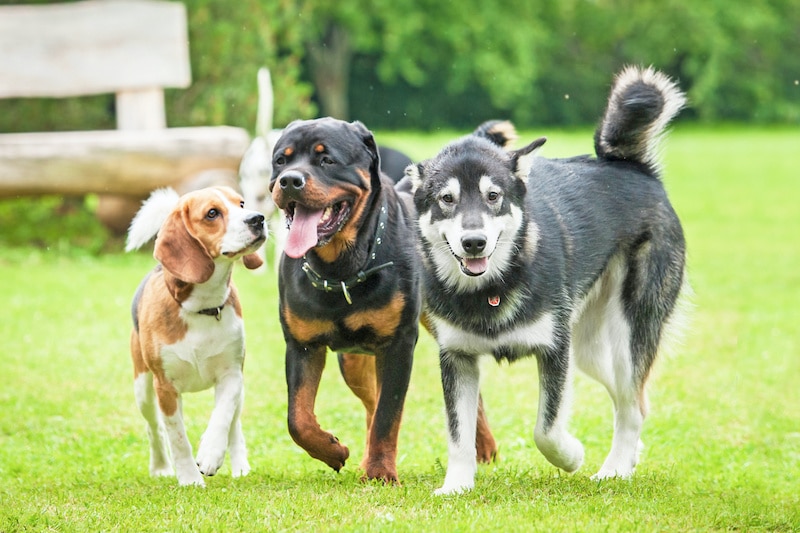
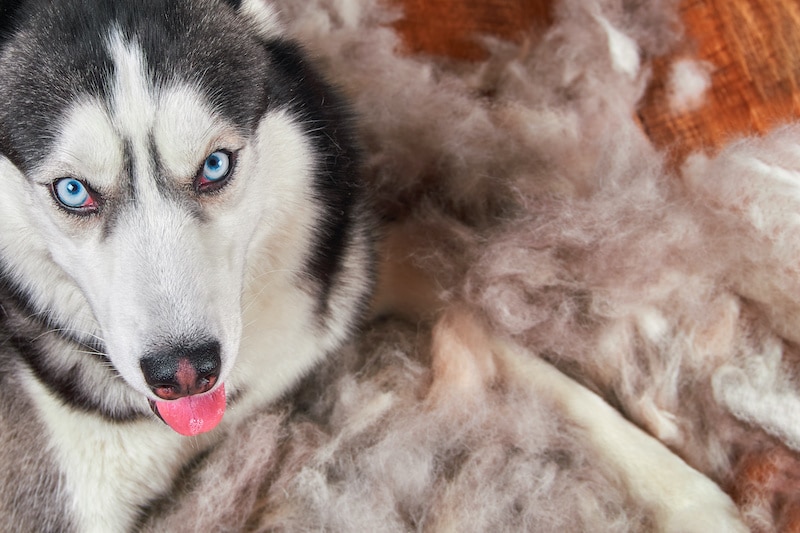
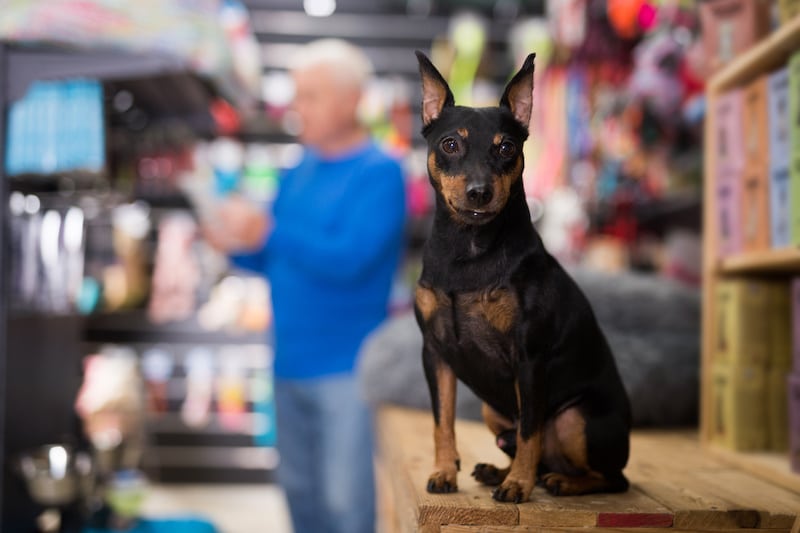







Please note: By submitting a comment using the above comment form, you confirm that you agree with the storage and handling of your data by this site as detailed in our Privacy Policy.